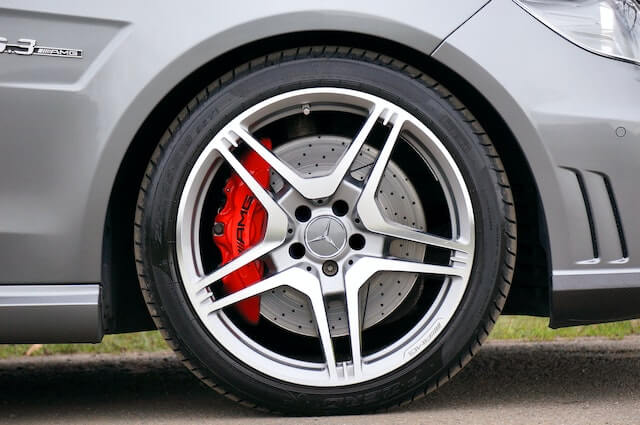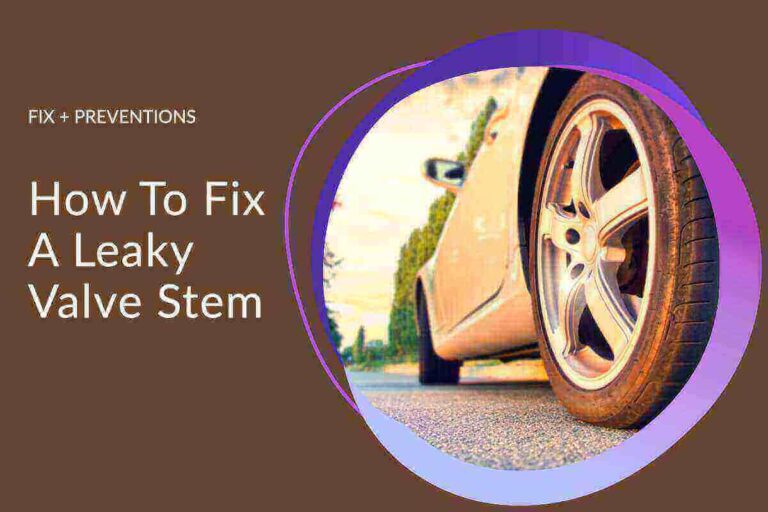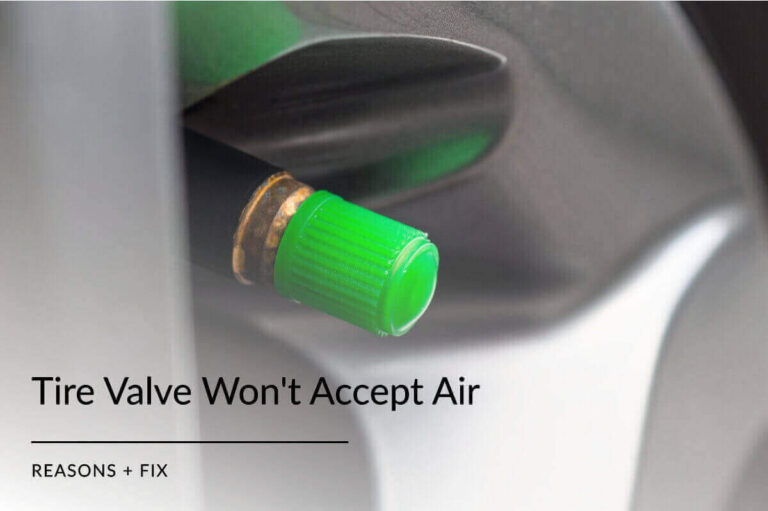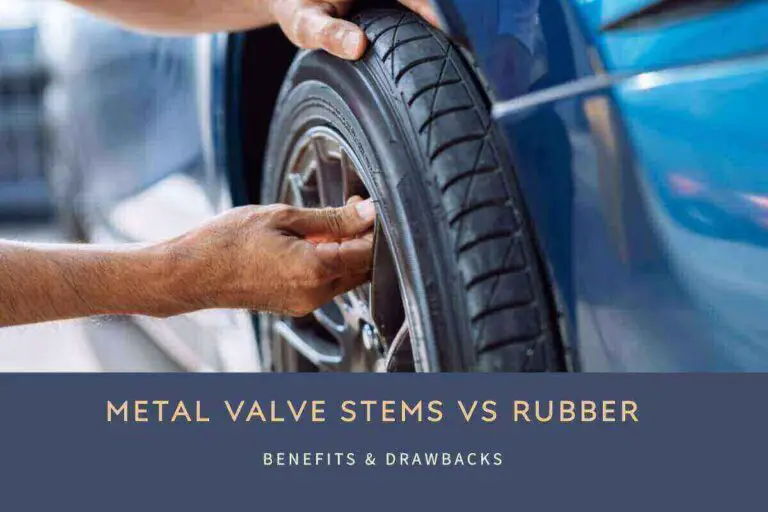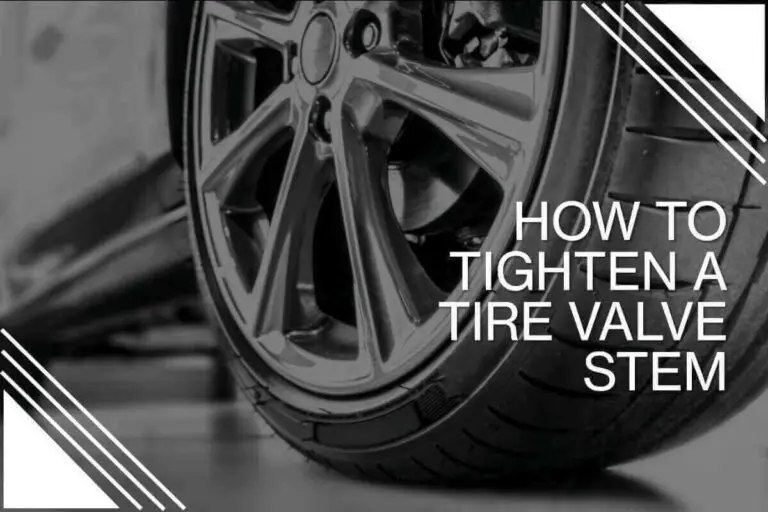You’re enjoying a ride along your neighborhood when you hear a screech and a thud; your car is stuck in a ditch. You get out and realize one tire is spinning while the other has given up. That’s when you regret not getting a limited-slip differential for your car.
After all, it’s a great function that provides amazing control and safety to everyone. However, that’s not all, read more to know all about limited slip differential and its importance in our car.
What is a limited-slip differential?
Limited slip differential is a function that distributes power between the two wheels in such a way that the one with the most traction receives greater power.
Under wet conditions, if one wheel is wet while the other is dry, the slipping wheel will receive more torque. This happens until both wheels get enough power to start spinning at the same speed.
LSD makes sure that both wheels are spinning at the same rate to provide the driver with a smooth driving experience. It is noted that LSD provides great grip and control to individuals driving through curves.
There are two types of limited slip differentials but before we get into that we’ll first learn about open differential.
Open differential
The open differential function provides 50% torque to both tires so they receive an equal amount of power to work smoothly. However, in situations where you drive through ditches and mud, one wheel might start spinning while the other stays stationary.
The muddy wheel receives more friction but gets the same amount of torque as the spinning wheel. Although the spinning wheel is receiving the same amount of torque, it is getting the majority of the engine’s power. This spins the wheel much faster.
Alternative to open differential
Since under muddy conditions the open differential fails to provide equilibrium, a limited-slip differential is an alternative to it. A restricted slip differential is an alternative. The LSD joins the two wheels when it detects that one wheel is losing traction using a number of techniques.
It limits the amount of slippage between the wheels by not allowing one to spin much faster than the other. As a result, even if one tire has less traction than the other, the engine can still propel the vehicle ahead.
Two types of limited slip differential
Mechanical clutch differential
The mechanical limited-slip differential has a pretty similar core gear and clutch system. However, it does have additional mechanics that make it possible for wheels to rotate independently.
Viscous limited-slip differential
This type of limited slip differential uses liquid to transfer power to the wheels. The liquid is used in place of a clutch to form resistance. Although they have few mechanical counterparts, they still need maintenance and refilling of the liquid once in a while.
No matter what type of LSD you come across, there is no doubt that it provides you with impeccable performance. The limited slip differential is truly a blessing for people driving off-road or on damaged and muddy roads. Time and time again it has proved to be an amazing differential to have within your vehicle.
Advantages of limited slip differential
- The best thing about limited slip differential is the sheer control it hands over the driver when driving through muddy or rough roads. In situations where wheels have less traction, the differential compensates for it by providing more control and stability.
- A limited-slip differential makes use of engine power more effectively to boost a car’s power and speed, resulting in a better and more pleasurable ride.
- Since safety comes before anything else, a limited-slip differential ensures a secure way of driving by distributing engine power during slippage and spinouts. This way you can drive everywhere without worrying about encountering muddy roads as LSD has your back.
- By keeping one wheel from spinning unnecessarily, limited slip differentials can help to reduce tire wear and tear. The same is true for axle shafts; changing torque results in reduced pressure, which prolongs lifespan.
Only one wheel spinning with LSD
Many drivers face issues during burnouts or driving through rough roads. One of these issues includes having one wheel spin while the other stays stationary. If you do face this issue and do have LSD, there’s only one solution to it.
If it’s been a long time since you last replaced your LSD, it’s time that you do it now. A new LSD might provide better functionality and control.
Sometimes there are other factors that play a role in this problem, one of them including the motor as well. This is how one can be able to do things accordingly.
FAQS
Do limited slip differentials spin both tires?
By jacking up the vehicle and spinning one of the rear tires, you may quickly determine if you have an open differential. You have an open differential if the other wheel spins the other way. Your vehicle has a limited-slip differential, or LSD if it spins in the same direction.
What does it mean if only one wheel spins?
Usually, the only reason behind a single spinning wheel is the lack of locking or limited slip differential. If neither wheel has equal traction in that scenario, the wheel with the least amount of traction will begin to take over power and begin to spin.
What happens to a limited-slip differential when one wheel starts to rotate?
When you have a limited-slip differential, the car moves once the gripping wheel receives greater torque than the spinning wheel. A conventional axle’s one wheel will begin to spin if it loses traction, making it unable to apply additional torque to it or the wheel to its opposite.
Conclusion
There are many benefits of having a limited-slip differential installed in your car. If you want to improve your driving skills without damaging your car, a limited-slip differential is the way to go. Have a safe drive around without worrying about rough roads with muddy consequences!

